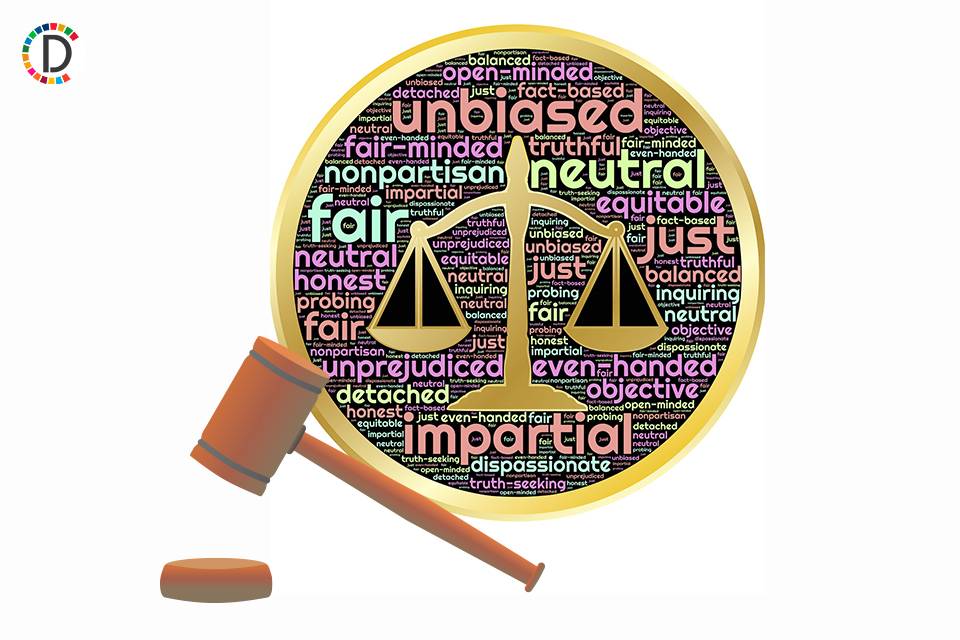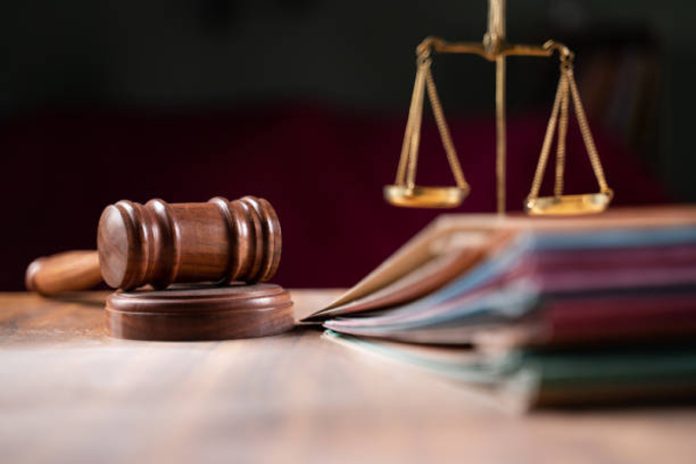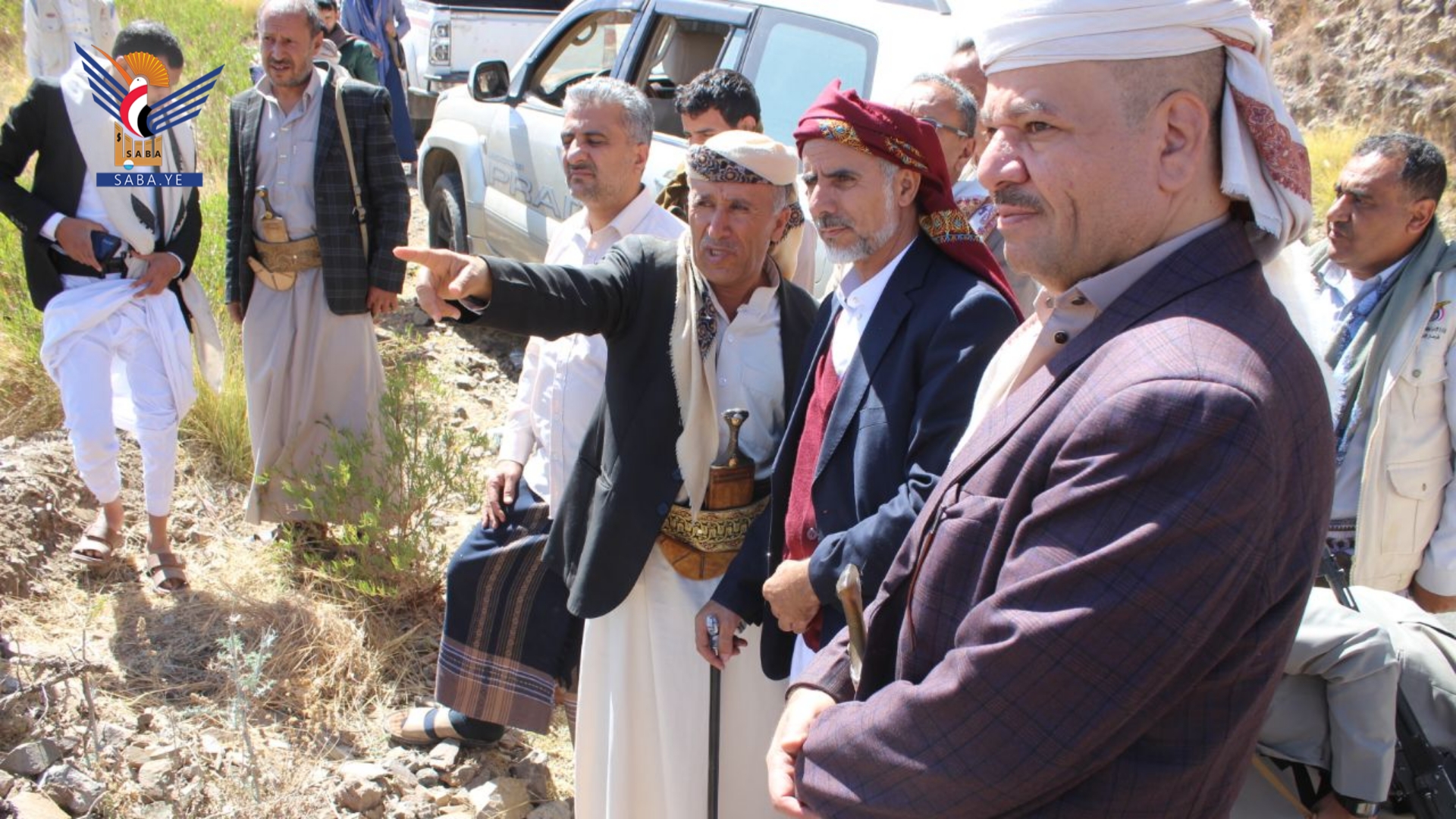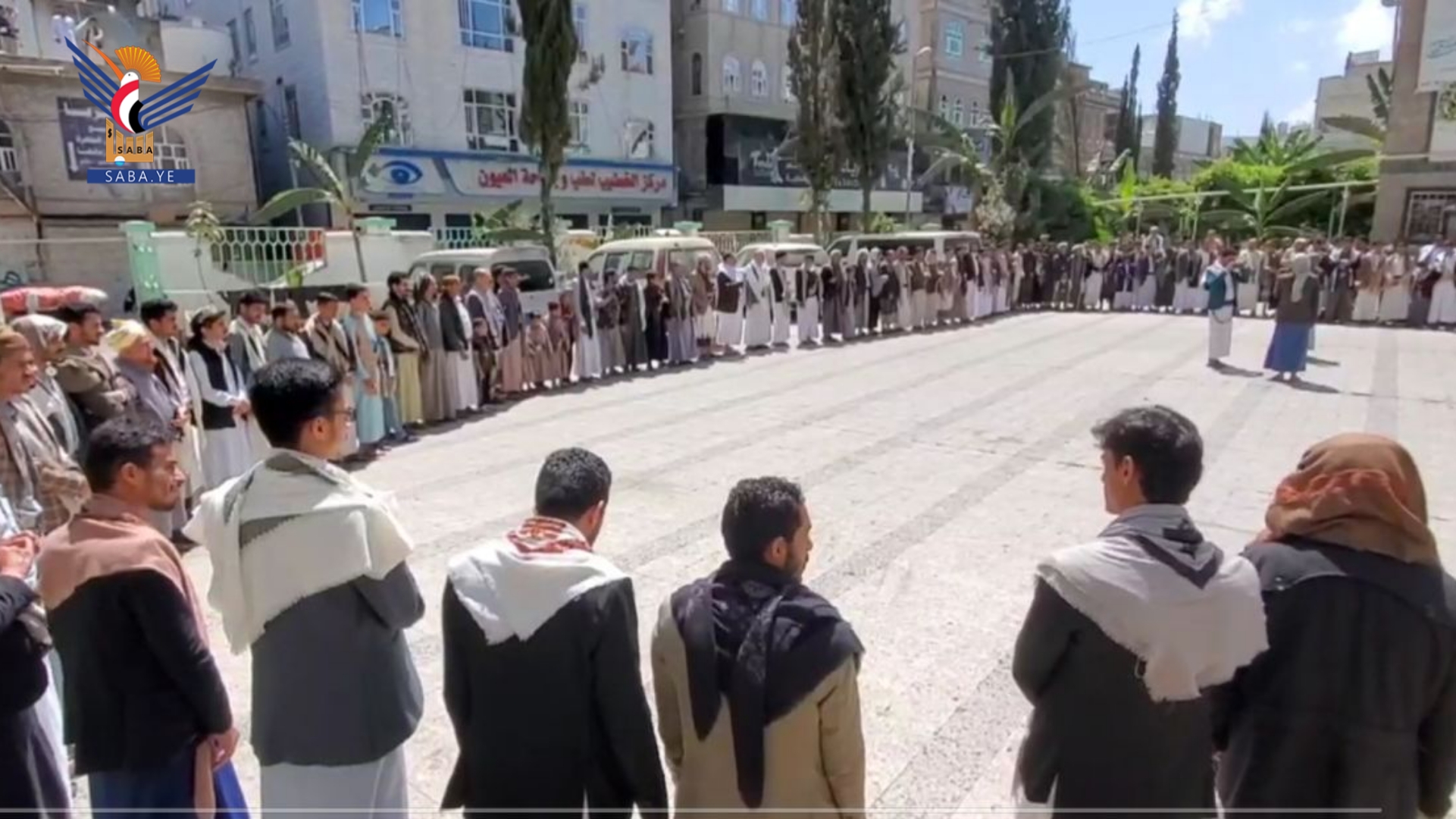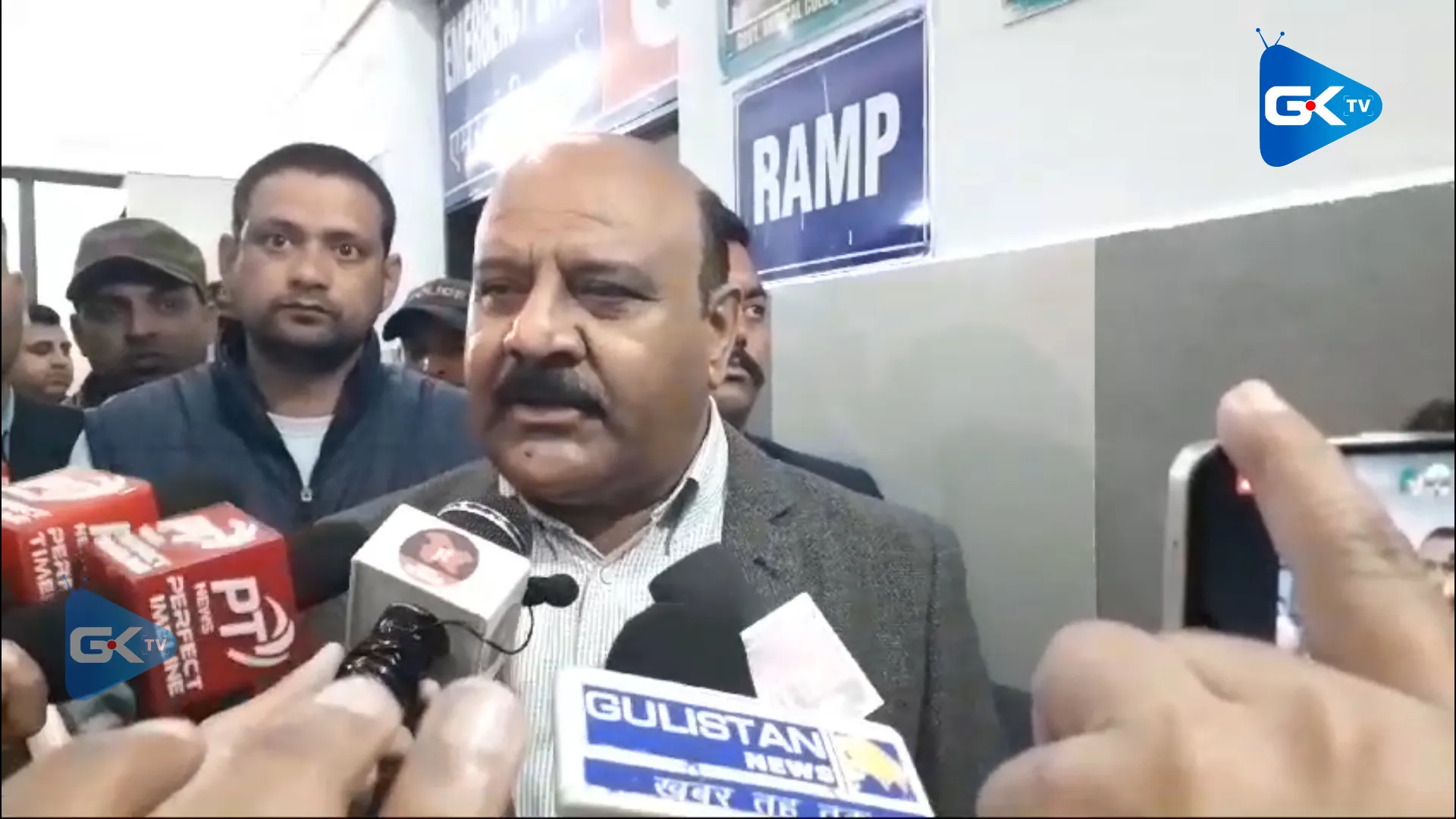
Members of our Community Editorial Board, a group of community residents who are engaged with and passionate about local issues, respond to the following question: The City of Boulder and Boulder County are working together to update the Boulder Valley Comprehensive Plan to more accurately include current community values and goals for the future. Your take?The BVCP update is a rare opportunity to shape Boulder’s future for the next decade. Our community has made it clear: housing affordability and sustainability must be top priorities.
As a member of the Environmental Advisory Board, I’m informed of our sustainability efforts, but I also recognize the need for housing solutions. I have a long wishlist on both fronts — here’s a glimpse of what I hope to see.1.

Sustainable, Middle-Income Housing Should Be a BVCP Priority. Boulder has made progress on affordable housing, but our current market resembles a dumbbell. One side is affordable housing, the other luxury residences.
However, the middle bar representing middle-income families remains left out. As my oldest kid started attending BVSD, I noticed this more. Many working professionals — teachers, nurses, small business owners — earn too much to qualify for subsidies but not enough to buy a home.
If we fail to act, Boulder will continue losing families, worsening BVSD’s declining enrollment.One idea worth revisiting is lease-to-own programs, which — alongside traditional affordability strategies — could help create a pathway to homeownership for those priced out of the market. While past attempts were deemed infeasible, Proposition 123 introduces new state-level funding through the Colorado Housing Authority, making this model potentially more viable than before.
The BVCP should embrace innovative housing strategies — including partnerships with Boulder Housing Partners — to help stabilize Boulder’s middle-income workforce and prevent further displacement.2. Supporting 15-Minute Neighborhoods.
As someone who lives in a walkable neighborhood, I have come to appreciate the benefits of having daily essentials — grocery stores, restaurants, parks and services — within a short walk or bike ride. 15-minute neighborhoods can reduce car dependency, support local businesses and foster stronger community ties. The BVCP should explore ways to expand walkable, sustainable neighborhoods that balance housing and community needs, and projects like Phase 2 of Boulder Junction could serve as a model.
3. Expanding Micromobility and EV Infrastructure. While public transportation is primarily handled by RTD, Boulder can still lead in these areas.
Expanding bike and e-scooter share programs with safe, dedicated lanes will make non-car transportation more practical, while increasing public EV chargers, particularly in multi-family and mixed-use developments, will support widespread electric vehicle adoption.4. Strengthening Climate Resilience in Development.
Boulder’s climate commitments must be reflected in how we plan for growth. This includes wildfire resilience through fire-resistant materials and landscape planning; extreme heat mitigation with high-reflectance roofing, permeable pavement, and tree preservation; and energy efficiency by incentivizing heat pumps, solar-ready buildings, and net-zero construction.The BVCP is our chance to shape Boulder’s future with bold, sustainable solutions.
Now is the time to push for policies that ensure housing affordability and climate resilience. The choices we make today will define the city we live in 20 years from now.Hernán Villanueva, chvillanuevap@gmail.
comMost of the core values in our comprehensive plan are banal platitudes and even this document acknowledges that some “core values” will conflict with each other on some issues. That is what’s known in the software world as a “code smell.” It indicates that these are not core values.
We should start by cutting these 13 “things” into real core values. That alone will help clarify our direction. Instead, we have a document upon which contention will reign.
“A welcoming, inclusive and diverse community.” Let me translate this: don’t be racist jerks. Is that really a core value that we need to write down? Plus we are NOT diverse.
We are one of the most homogenous places in the country. We are almost completely white and massively left-leaning. We don’t do diversity.
We never have. Hence, it can’t be a core value. We could aspire to more diversity, but I’d argue that the most important aspect of diversity should be diversity of thought, not color or race or gender or climbing preference (sport vs.
trad vs. bouldering).“Great neighborhoods.
” This one is particularly meaningless since different factions in Boulder define great neighborhoods not only differently, but in diametrically opposing ways. The phrase has no meaning.“Strong city and county cooperation.
” Our core value is cooperating with the people around us. Really? Does that need to be written down? Why isn’t “being peaceful, law-abiding citizens” a core value? Or does “law-abiding” trigger people to think we’d then also have to obey immigration laws?“A diversity of housing types and price ranges.” This is like saying our core value is to have a diversity of weather and temperature ranges.
We get this regardless of any “core values” unless we pass a draconian law that requires all housing to be apartments of a fixed size.“Climate action.” We have zero effect on the global climate.
Zero. If we honestly cared about anthropogenic CO2 we’d spend our dollars lobbying for nuclear power. In the plan adopted in 2021, it states a goal to “achieve 100 percent renewable electricity by 2030.
” You didn’t need a crystal ball back then to see this as pure fantasy. Why don’t we also plan for all houses to be affordable and the temperature to never exceed 90 degrees? We have the same chance of achieving those goals: zero chance.Reading just the core values page of this document has exhausted my patience for nonsense.
We have the money to produce this but not to plow our streets?Bill Wright, [email protected] of the assignments I loved to give to my students at Boulder High School involved filling out a two-column sheet headlined as ME/WORLD. I asked my kids to imagine what might happen in their lives in the next twenty years and what events will shape the world in the next twenty years.
The ME column forecasted a bright future of family, education, travel and fulfilling jobs coupled with loving relationships, financial security and often a single-family home on a quiet street in Boulder. The WORLD column revealed a bleaker outlook. In the ‘80s Nuclear War topped the list, climate catastrophe in the next decade displaced the threat of war.
At the dawn of a new millennium, my students worried about economic collapse and terrorism. By the time I retired my students doubted that they would ever be able to retire, own a home or pay off school debt. The teens who shared the Boulder Bubble felt it was only a matter of time until it would burst.
As you can imagine, this led to some fascinating discussions. But the underlying question for them and myself was disturbing. Is it reasonable to expect to be so insulated and secure while the world goes to “hell in a handbasket”?There are roughly 65,000 people who work in Boulder that live outside the city proper.
Though I live in Louisville, I still think of myself as a Boulderite. There isn’t a week when I don’t drive into the city for some of my favorites like, the Boulder Public Library, Time Warp Comics, the CU Artist Series, Shakespeare Festival, Chautauqua concerts. BIFF, The Conference on World Affairs, Lady Buffs Football (free on-campus parking), the JCC, NoBo Arts, and the Pearl Street Mall to name a few.
And then there is open space, trails and a river that runs through it. Who wouldn’t want to live here? But it’s expensive. I fear that will not change.
I applaud the work of the Boulder Valley Comprehensive Plan. We need to map out infrastructure and future mobility as the housing density of Town and Gown increases. As we crowd more people into tighter spaces what are the safety concerns? Will crime rise? Can we protect open space and make our wild environments an inviting and accessible place for all? It is imperative that we think ahead and yet it is hard for me to think about the next twenty years when I can’t even wrap my head around the next four.
But Boulder County is a strong community. We respond to change with empathy and compassionate hearts. The SER framework of Sustainability, Equality and Resilience reflects our values.
The Federal government has thrown away all DEI initiatives, our local government and planning boards must not.Jim Vacca, [email protected].




